Philip Gnadt and Mickey Yarmine talk about making Gaza Surf Club, their documentary following a group of surfers chasing waves in the unlikely location of war-torn Gaza.
The film is an example of a pure cinema doc; a captivating topic; an engaging set of characters; and a final package that uses shooting style, editing, and music to bring its observational and narrative content to life in a way that only the big screen can bring to factual reportage.
SPLENDOID: Welcome gents, great to have you on board. Let’s start by going back to the very beginning, how did the idea for the film come about?
PHILIP GNADT: I came across an article in the Red Bull sports and lifestyle magazine “Red Bulletin”. They had a short photo story about the surfers in Gaza and I immediately felt inspired by the images. At the time, in early 2012, I had already been following stories on the Gaza Strip because a good friend of mine was born there. He got me interested in this very special piece of land when he told me about the painful and complicated history and also current politics.
Were you inspired by any particular films or film-makers?
PG: Of course it wasn’t just this one article that was the total inspiration for this film or for my making films in general. Regarding documentary there is a film called “Sickfuckpeople” by Juri Rechinsky, which kind of inspired me, even if Gaza Surf Club is totally different and much more story driven. This film was also the first documentary that I had seen where a handheld cinemascope camera was used. Which I totally loved.
Am I right in thinking that you initially intended it to be a short film?
PG: Actually it was never intended as a short but in the beginning I never expected that we would manage to release it the way we did, as a feature documentary, either. I thought we would make a 45 or 60 minute film and perhaps try to sell it to a TV channel.
How did it develop into a feature? Did the pre-production development play a big part in shaping the final material?
PG: After I decided I wanted to make a documentary about these guys, I knew I had to find a producer who speaks the language and understands the culture, because I don’t speak Arabic. This led me to Mickey (Yamine) a producer who grew up in Cairo and studied film at the film school in Babelsberg back here in Germany. He immediately liked the idea and said straight away: “Let’s try to make a feature out of it. It’s a big topic and we might be able to get the attention of an audience almost all around the globe”.
That’s when we started to pitch it as a full-length documentary. But I have to admit that at that stage of development we had initially intend to also add some other people to the film, such as parcour and break dancers, also from Gaza. We were worried the story about the surfers alone would perhaps not carry over 90 minutes. But before we started the actual filming, we took the decision to focus solely on the surfers, which I believe was the right decision.
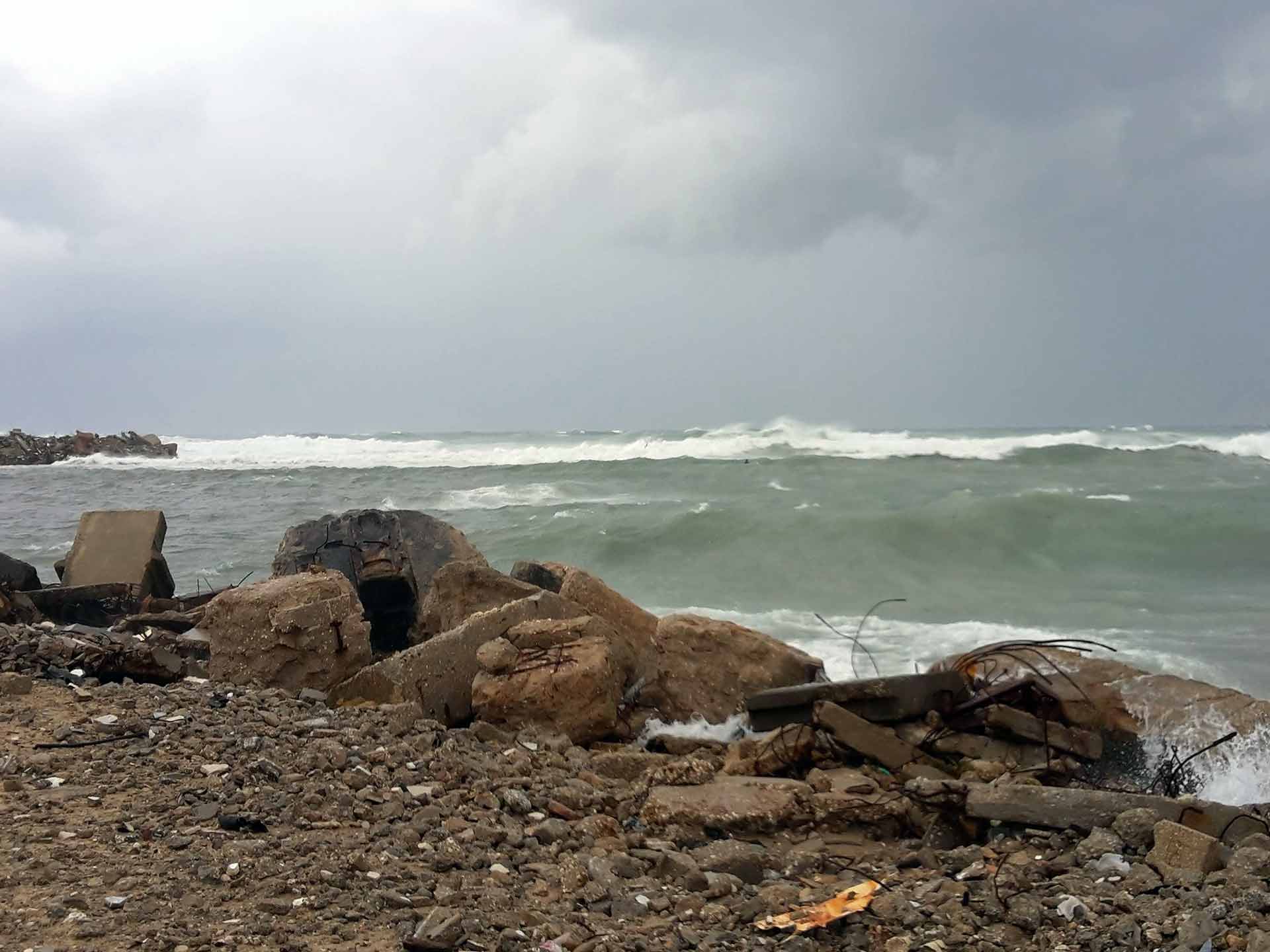
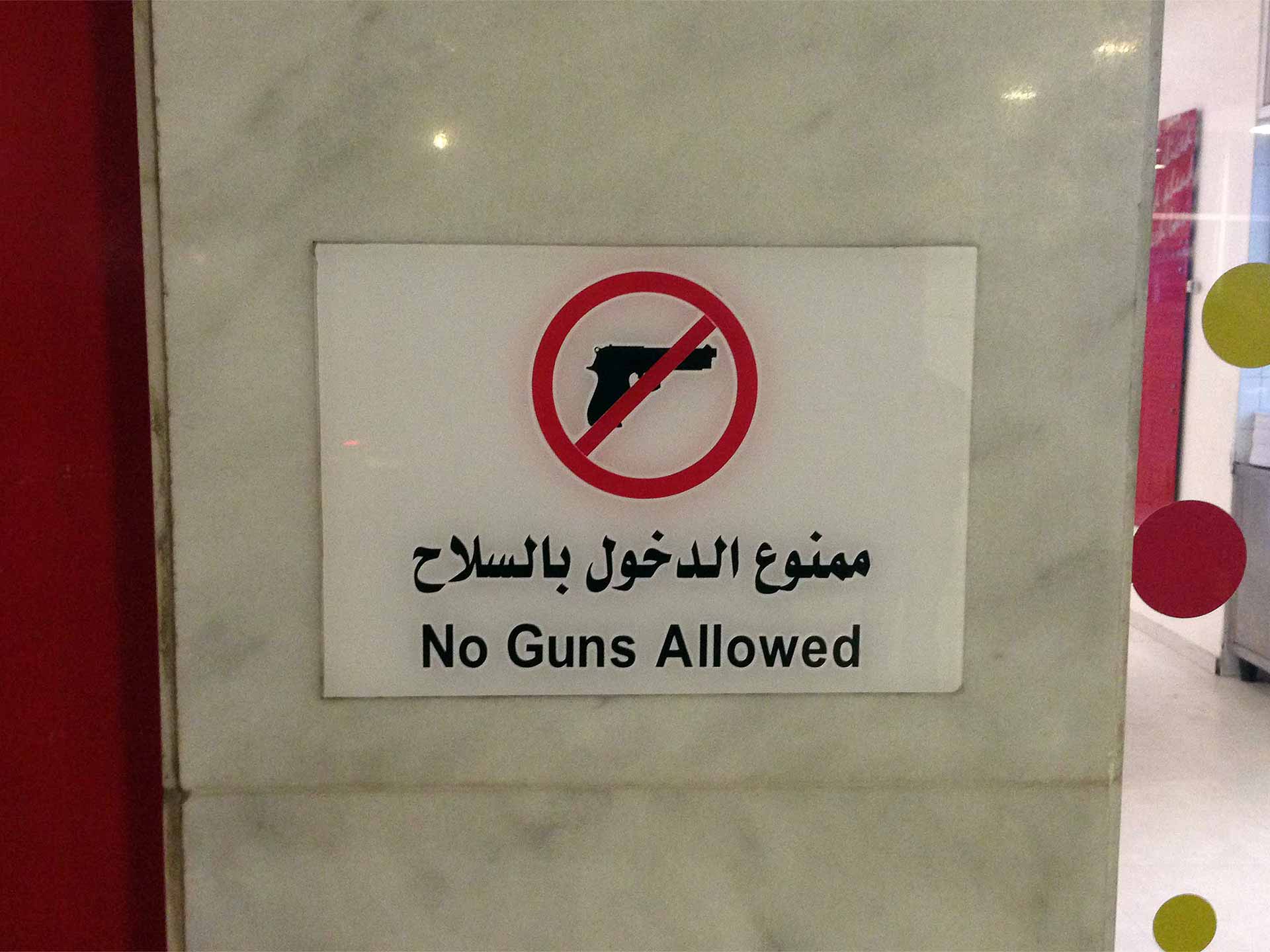
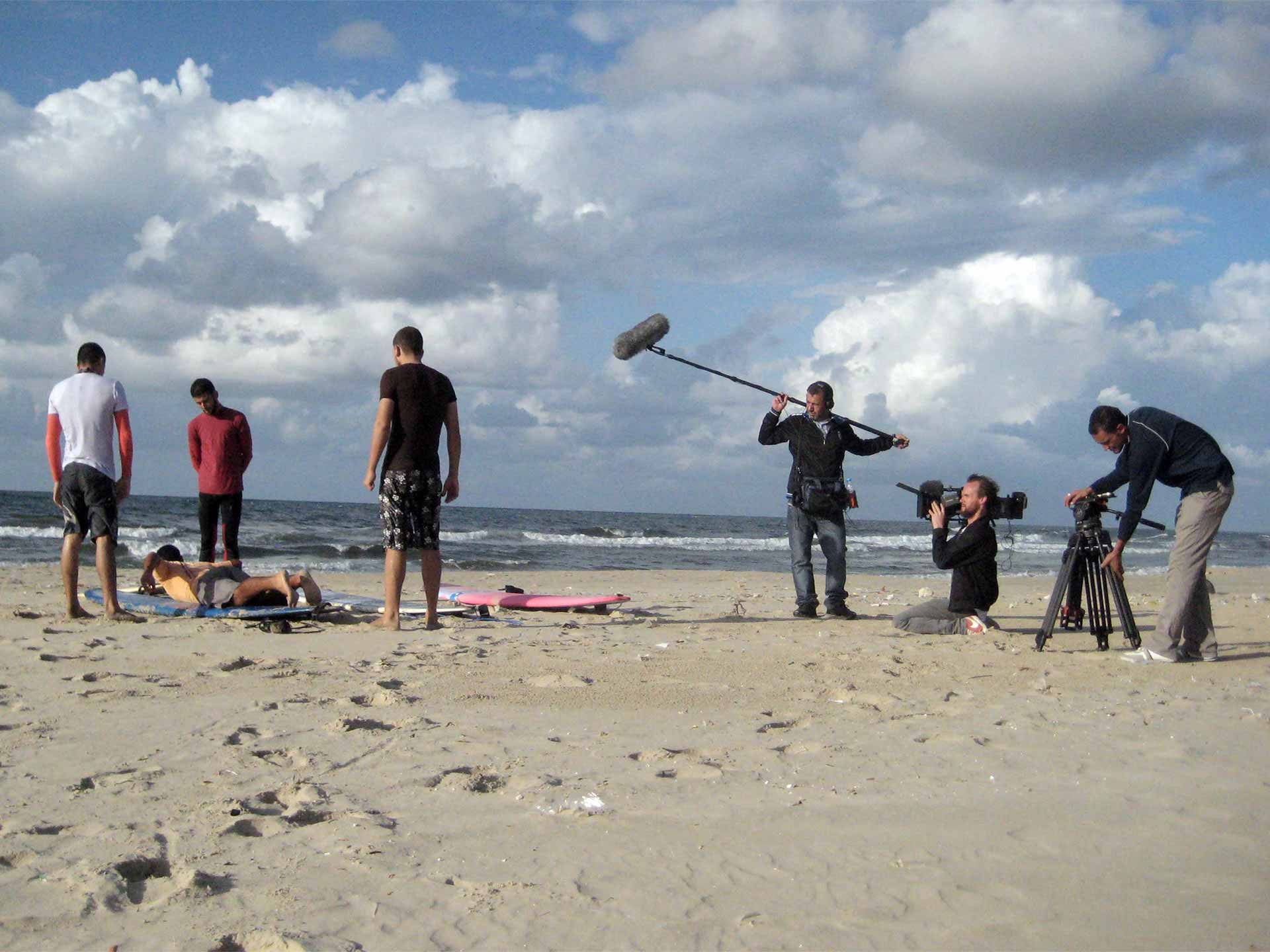
Agreed. I think adding other groups and activities would have diluted the story too much. Focusing on surfing kept things pure which gave the final piece more effect. At least for me.
Moving on then, let’s talk structure. Did you have a strong sense of your narrative with your locations and characters mapped out before you started shooting or were you more organic in your process? The final film plays like a 2 act piece, split by the storm sequence that could be a self-contained surf film in it’s own right?
PG: During the development process we tried to find as much protagonists and storys as we could, via skype calls, articles and videoclips that we found on the internet. With these stories we kind of puzzled a storyline that seemed like it could work. During the filming however, some of the protagonists were no longer available, others popped up and many things happened that you can never plan for, like the storm sequence you mentioned. And also the entire Hawaii part was not planned. We knew about Ibrahim’s dream to go to Hawaii, but I never put it in the story, because it was very unlikely that it would happen during our production. The final storyline that is now the film emerged during the editing process.
What was the choice behind the individuals that you feature in the film? Some are very detailed portraits, others just vignettes. Was it natural who came to the front or were you very precise in your thinking of who would carry the film and who would be more in the background?
PG: During filming, it turned out that there were about 6 protagonists that felt like characters who might make it to the final edit. But the deeper you understand the footage that we filmed, we realized that one protagonist is very good at talking about a specific topic, but didn’t have enough scenes where we managed to get close to him and look behind the façade for example. And so unfortunately one after the other had to leave the timeline, and a lot of nice scenes had to go because a character didn’t work for the film.
Up until the end for example Sabah’s father had a bigger part, but we ultimately decided it would be best to stick to the three main protagonists: Ibrahim, the young dreamer, Abu Jayab one of the first surfers in Gaza, and Sabah, the girl who brings a totally different vibe.
From the very beginning, I had a visual concept that was very much what is seen in the final film. The general idea was to show a different side of an area that has been extensively covered by the news media
Philip Gnadt
And was it a definite choice that you would stay behind the camera and not become characters also?
PG: Yes of course. Even if it would have been much easier to be part of the film as a host, being able to describe things, it’s just not my style. I prefer being the observer and I try to tell the story just with the words of those who are part of it.
Your DOP Niclas Reed Middleton gave us some fantastic imagery. How much direction came from you? I’m thinking that the subject and location can’t help but be interesting photographically so did find the strength of potential for stunning visuals affected the story you eventually told?
PG: From the very beginning I had a visual concept that was very much what is seen in the final film. The general idea was to show a different side of an area that has been extensively covered by the news media but always from a political viewpoint.
We tried to show something totally different: watersport in one of the most isolated countries in the world. We wanted to underline this via the visual element also. The pictures you get from the news media tend to be news drive; shaky stuff often captured by mobile phones. I decided to go the other way and film in Cinemascope (aspect ratio 2,39:1), calm pictures, a lot of wide-angle shots.
In the beginning, we intended to shoot in black and white but we threw that out in favour of the wonderful colours we found on location. I had some ideas about nice shots that I wanted to find but very often the images found us through the situations we discovered. Niclas has a way of always finding something he likes and pointing his camera at it. We always were then able to also discover the beauty that he saw in those details.
Was he shooting film or digital?
PG: In the beginning, we had no idea how easy or complicated it would be to film in Gaza. I had the idea to use a DSLR, budget-wise and because I thought it would be better to travel light and less noticeable.
But after our research trip in early 2013, we realized that the people of Gaza were absolutely natural around cameras and never made us feel like we were intruding.
As cynical as it sounds, because of the massive media presence during the wars they are kind of used to cameras and so we decided to give ourselves an upgrade.
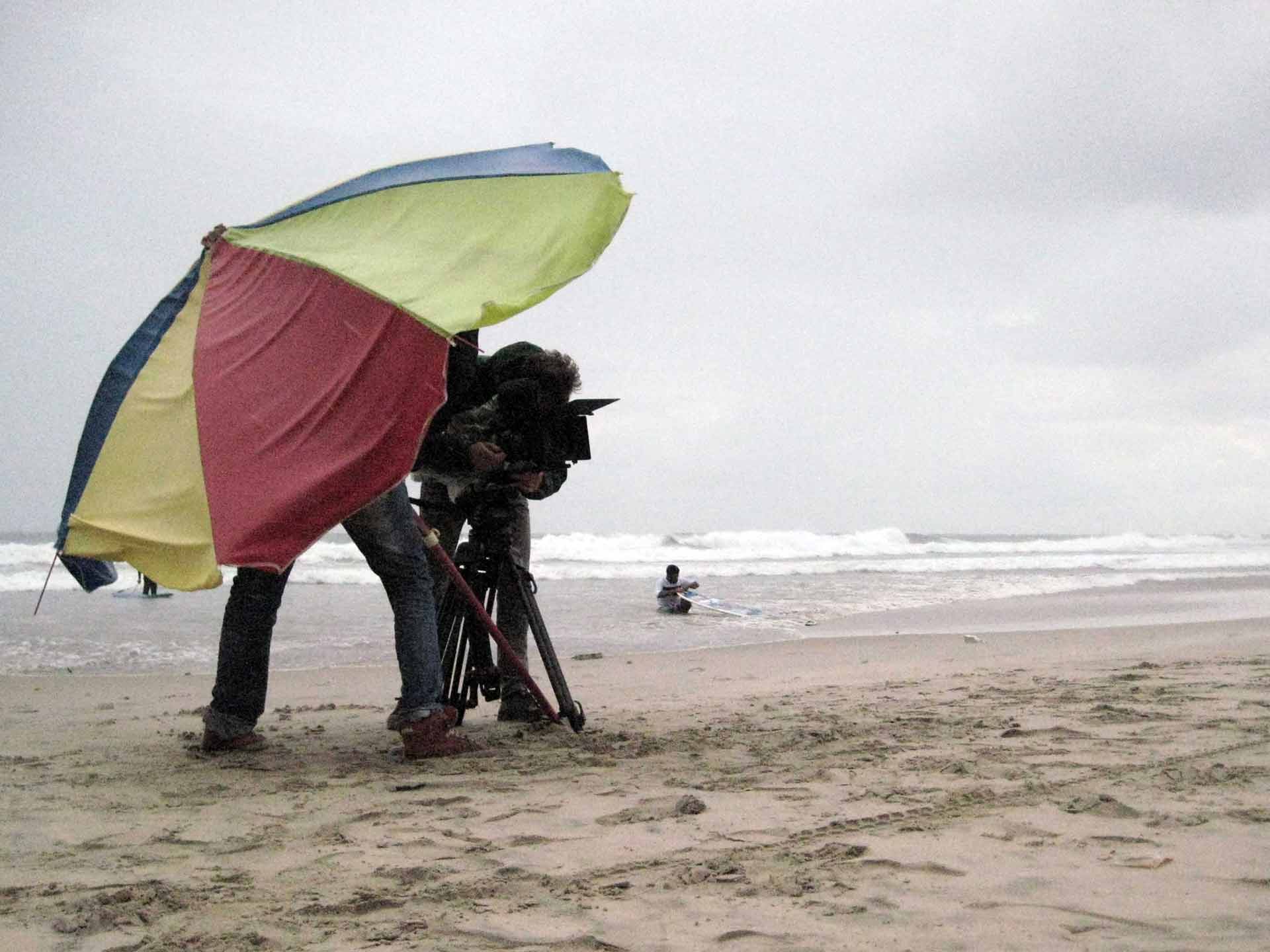

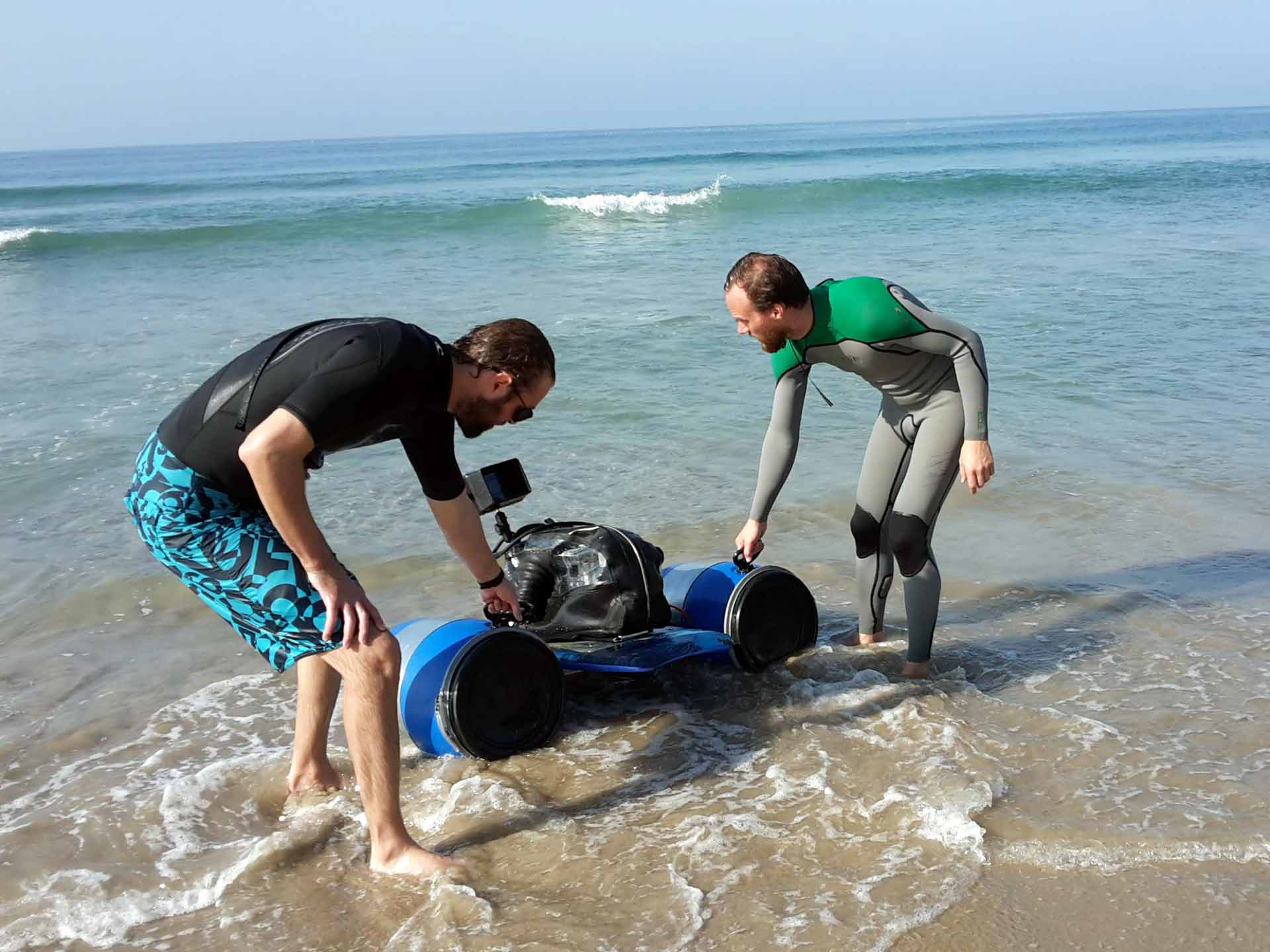
I know what you mean but I don’t think its cynical if you made the equipment choices to best represent your subject. So what equipment did you upgrade to?
PG: After the research trip Nicolas heard about the ARRI Amira, which at the time was not yet available on the market. In one of our talks he said that in a perfect scenario, this would be the perfect camera.
Later Mickey remembered this and managed to get the camera with support from ARRI directly and we filmed with Amira as our main camera. Additionally, we had a Black Magic Pocket, in case we had to be a little more discreet, and two GoPros Hero3. I would estimate 90 percent of the final cut is material shot on the Amira.
You have covered issues filming people but you were working in a difficult area in many other ways. Did you have to develop any particular special processes or experience any specific issues as a result of the geographical location or political situation?
MICKEY YAMINE: There are hundreds of small examples of how we had to improvise in Gaza, to many to mention really but as we are talking camera work, one sticks out: We had a soft shell underwater case for the Amira to film the surfers in the water, but we quickly learned that the footage was too shaky and the camera perhaps to bulky to get good stable shots. We then decided to build a small raft for the camera to give it some stability and help Niclas stay afloat. Thanks to a couple of crafty blacksmith we built a steel structure with a mount for the camera around two plastic barrels and it worked nicely.
Before I forget, let’s talk about the soundtrack. I found the music superb, in a way that documentary soundtracks often are not. How did you find your composer and what was the working process to ensure such a fit between visuals and sound?
PG: Finding the right music for a film, in general, is, at least for me, one of the toughest parts of the movie-making process. In this case, Mickey and I agreed that the music definitely should have Arabic roots, but work for an Arabic audience as well as for a western audience. We tried a lot of tracks but couldn’t find the right mood. Eventually, Mickey remembered a friend of a friend in Cairo: Sary Hany. An Egyptian composer who composes a lot for Arabic commercials, so he understands both Arabic and western music. Mickey asked him if he might be interested in making the score for Gaza Surf Club.
He immediately liked the rough cut he saw at that stage and sent us some „musical ideas“, little audio clips that came to his mind after seeing the rough cut. It was pretty close to what we had in mind, with the little matter that it was recorded only with his guitar. I was nervous and asked him if he could add some Arabic instruments and he referred to the final recordings. So we gave it a try. Week after week he sent some new themes and songs, all of them were amazing and we just did some fine-tuning via Skype. The score has finally the right mixture of authentic Arabic rhythms, composed in a way that western listeners can follow.
Additionally, we licensed two more tracks by “Dub Inc.“ and the „Eric Sumo Band“ that stayed in the timeline since the beginning. The last song was actually also intended to be a different song, but Sary offered to try something different. And he came up with this amazing song including the perfect lyrics and sung by his wife. In general, I am super happy with the decision to have a real score instead of just using songs, even for a documentary, and got a lot of amazing feedback from the audience who asked very often where we took the music from.
Navigating around the constraints of filming in an occupied and war-torn area, filing for permits, the logistics of the travel, and such affected our work much more
Mickey Yarmine
and so it was the investment of time and smart planning
that made the difference
All this was never going to be a cheap undertaking. The financing question must have been crucial. How did you go about that?
MY: Our initial investment came in the shape of a grant that we won. The German Robert Bosch Foundation has been for years now supporting filmmakers, originally focusing on providing support for projects in Eastern Europe. The inception in 2013 of the program for German-Arab cooperation coincided with our search for funding and so we applied and won the prize. After a brief research trip to Gaza we quickly understood that we really wanted to give this project our all and so we planned for a prolonged shooting period, state-of-the-art camera equipment, and proper post production. We then got additional funding from several German film funds, as well as a co-production with German TV.
Was the final budget that you put together suitable for the scope that you intended?
MY: It was quite tight, but after Hawaii entered the narrative and we were headed to the island to film one of our protagonists’ visit, we really had to economize. We did as much of the work ourselves as we could and it took almost 16 months to complete the film, once we had returned from Gaza.
But did you manage to keep within the figure?
MY: We went slightly over budget, especially when we knew we were going to premiere in TIFF (Toronto Intl. Film Festival), because then more than ever we wanted to give it our best. But I managed to fill the gaps so we more or less stayed within the budget.
Did the financing specifically affect how you approached making the film? Perhaps it was a constraint or maybe a freedom?
MY: I always kept an eye on the budget, after all, it still was a documentary budget and so creative thinking was key. However, navigating around the constraints of filming in an occupied and war-torn area, filing for permits, the logistics of the travel, and such affected our work much more and so it was the investment of time and smart planning that made the difference.
Regarding the eventual theatrical release deal, was that in place early on, or did you have to put in a lot of legwork to get the bookings i.e. touring festivals, hitting social media, PR and press etc?
MY: We already had a domestic release deal signed ahead of the festival tour, theatrical and digital home. We didn’t quite know how many screens we would end up running on, but once the festival tour had started and the reviews came in, our distributor felt confident to go ahead with a great domestic theatrical release in Germany. All throughout the filming and the postproduction we had been in touch with our distributor and so they knew where the film was headed and we knew they were on board. As for the international sales, that all came after the festival premiere.
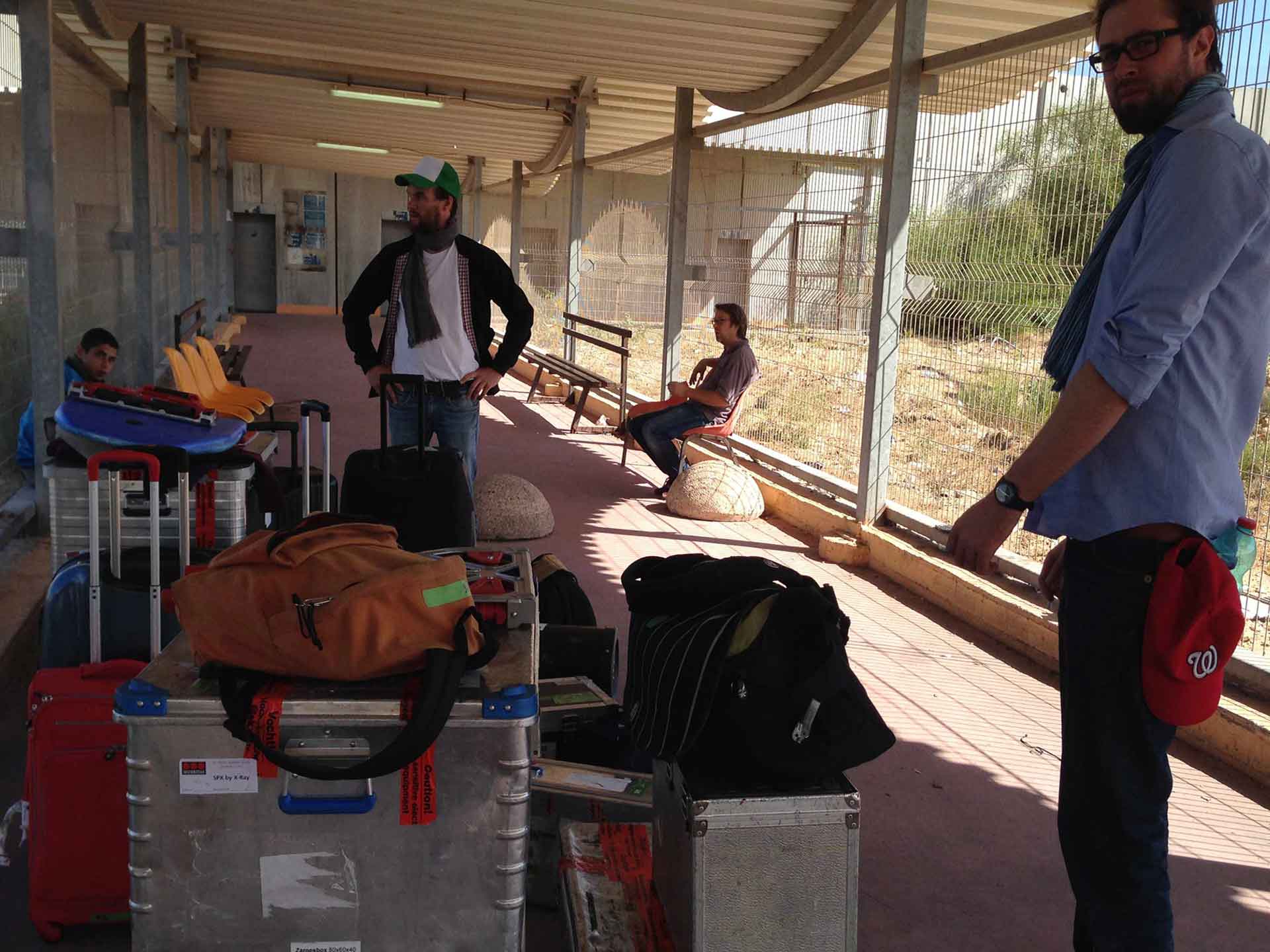
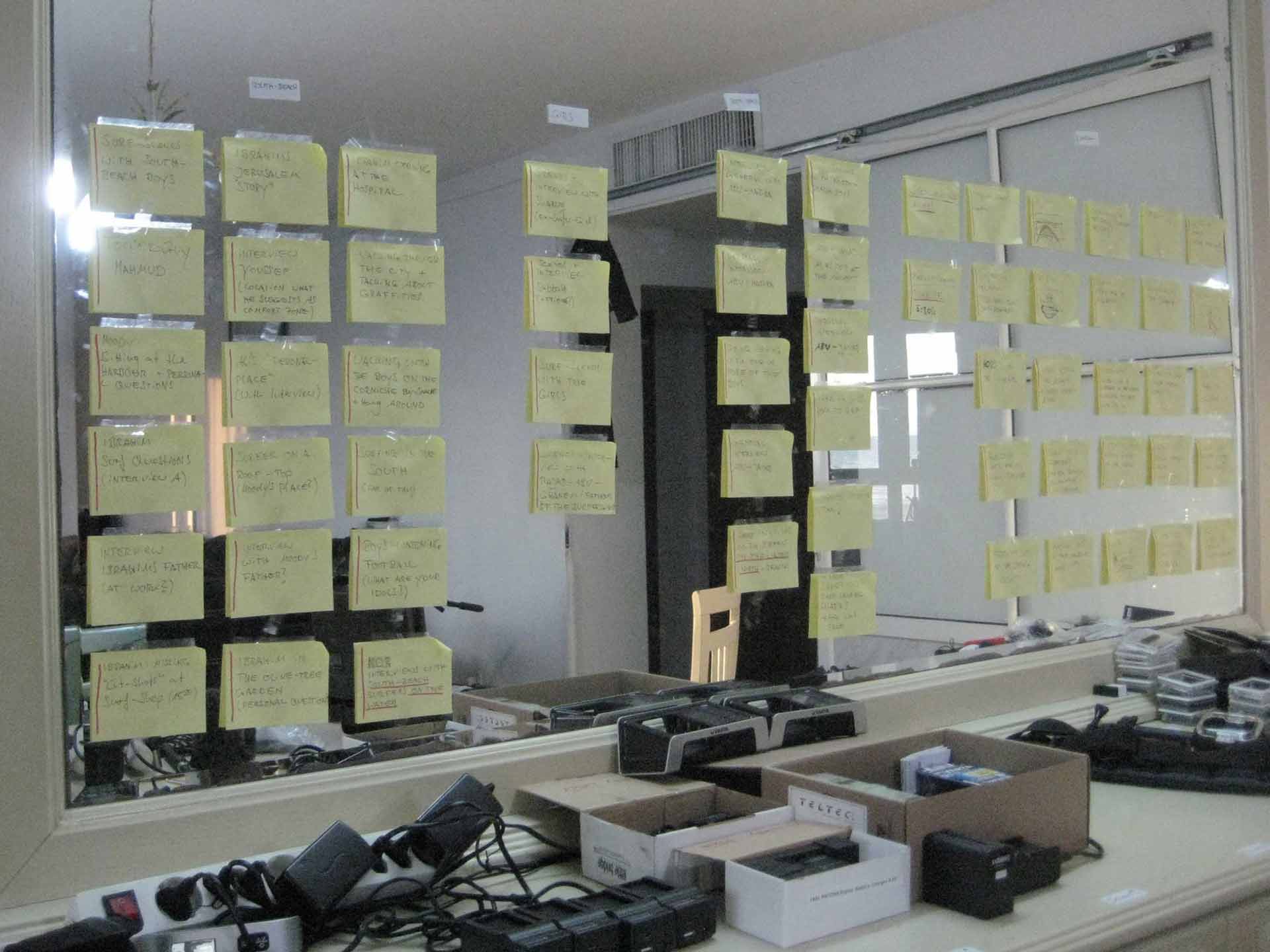
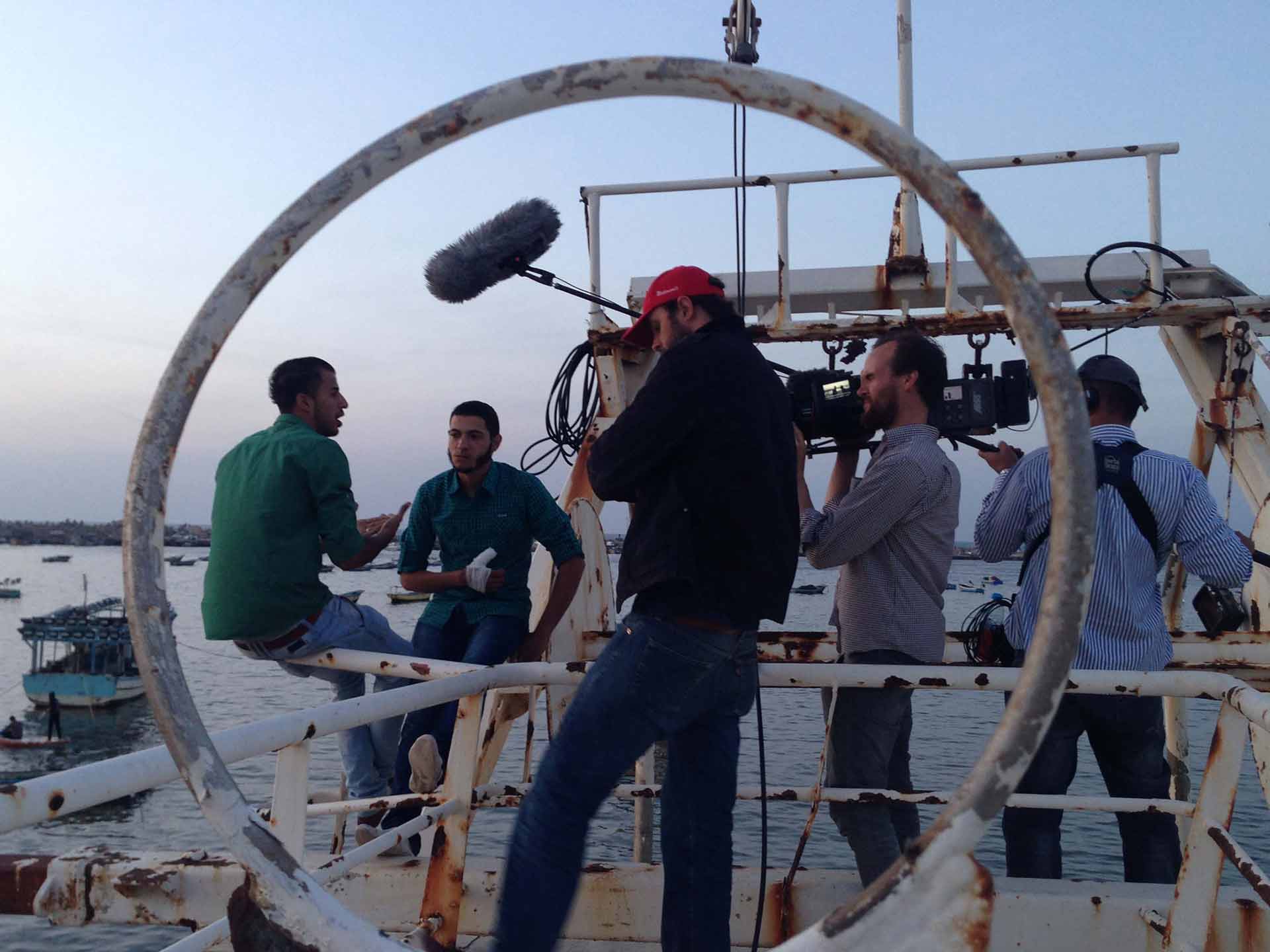
I would say that a large part of the theatrical release’s success was due to the fact that the film has a wide audience appeal. It sits somewhere between being a surf film and a reportage documentary. How much did you want to focus on the sport and how much on current affairs?
PG: From the beginning, I tried to make a film about the wonderful people in Gaza, that we are otherwise only reminded of during conflicts with Israel or Egypt. Through the stories of my friend from Gaza, I knew that there is so much more going on over there that is worth telling. The fact that the film covers the microcosm of this small surf community is secondary although it’s a very strong picture in itself: People doing a sport that stands, perhaps like no other, for personal freedom in one of the most isolated countries in the world.
I really enjoyed how you avoided the clichés of both the branded sports film and the newsflash idiom used so often by CNN etc. That said, can you say how far the rejection of these stylistic idioms was intentional?
By letting the protagonists tell their story themselves and avoiding narration we steered clear of news type docs. This was a choice we made very early on and I’m glad we stuck with it.
In terms of making a surf film, I always enjoy the breathtaking imagery of a good surf documentary, but it is extremely rare to find a gripping story in one of them, beyond the excitement of the sport itself that is.
Some people told me they felt the conflict while watching the film without being told one thing or the other in terms of opinion. That’s the best compliment that I have received because it was one of the motivations behind making this film
Philip Gnadt
Absolutely, I totally agree. Surf films are always dynamic by the very nature of the activity itself but very often they are light on content. Which brings us nicely to a big question to finish with.
Your film has taken some criticism for not discussing the political element enough. I can understand people wishing for more context and background to the story. That being said I also understand why you might have steered away from such a complex discussion. Was it a conscious choice not to talk politics or was it more that it just did not arise in the film-making, perhaps because your subjects didn’t discuss it?
PG: I think it’s not possible to make a film about Gaza without being political. But what we tried to avoid is the daily politics and keep it more universal. Some people told me they felt the conflict while watching the film without being told one thing or the other in terms of opinion. That’s the best compliment that I have received because it was one of the motivations behind making this film.
I would agree with that person’s opinion. After my first viewing of the film, I felt that I too would have liked more historical background and contemporary context. But as I lived with my experience of the film and gave it some thought I found that the story stayed with me in a way that more ‚facts led’ films haven’t done.
My feeling is that what you achieved was a successful impressionistic view, in other words, you conveyed an authentic feeling of what it’s like to live in Gaza and how this particular group of people cope with the specific difficulties their lives. It’s not trying to be all things to all people and yet brings across a lot. Would you support that as the audience takeaway for your film?
PG: I believe that anyone who is interested in the historical and political background can easily go online and read as much as he or she likes. A film shouldn’t be wasted too much on telling facts that can easily be found elsewhere, especially when it’s been covered in the news as extensively as Gaza has. But the opportunity for an audience to learn what it might feel like to sit on the beach in Gaza City is something very unique and rare on film.
